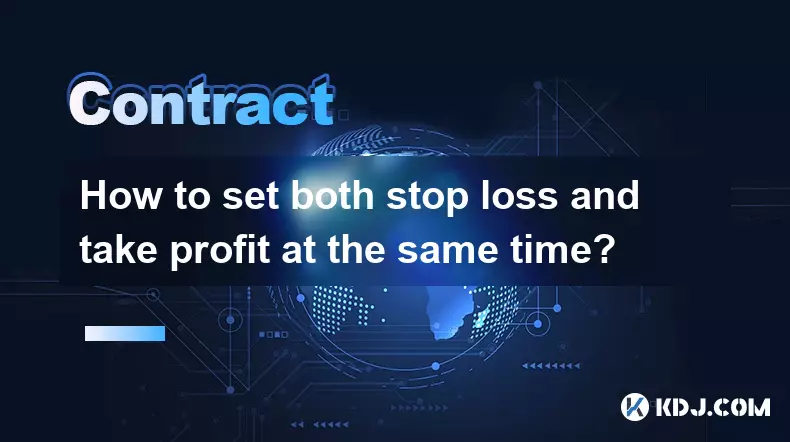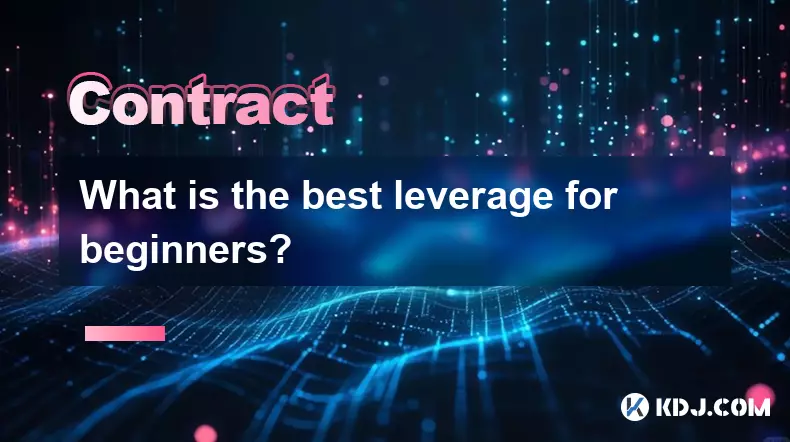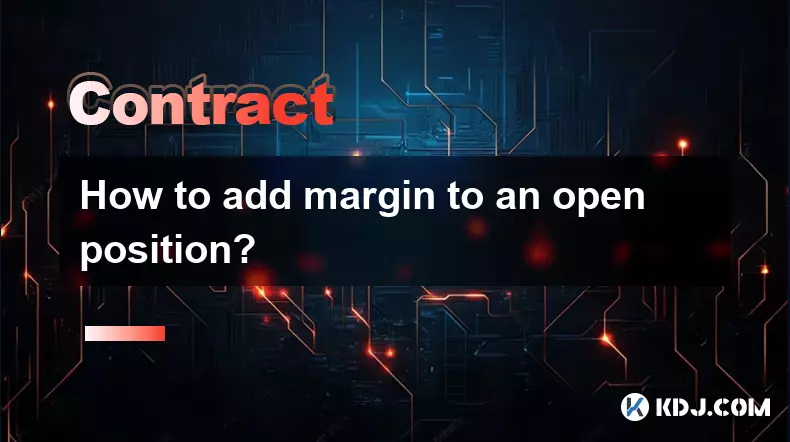-
 Bitcoin
Bitcoin $111200
0.03% -
 Ethereum
Ethereum $4321
0.45% -
 Tether USDt
Tether USDt $0.9999
-0.02% -
 XRP
XRP $2.824
0.89% -
 BNB
BNB $856.7
1.36% -
 Solana
Solana $204.4
0.79% -
 USDC
USDC $0.9998
0.00% -
 Dogecoin
Dogecoin $0.2178
2.21% -
 TRON
TRON $0.3317
-1.04% -
 Cardano
Cardano $0.8334
2.36% -
 Hyperliquid
Hyperliquid $47.48
5.04% -
 Chainlink
Chainlink $22.43
0.45% -
 Ethena USDe
Ethena USDe $1.001
0.01% -
 Bitcoin Cash
Bitcoin Cash $615.9
4.10% -
 Sui
Sui $3.404
2.84% -
 Stellar
Stellar $0.3610
1.92% -
 Avalanche
Avalanche $24.44
1.03% -
 Hedera
Hedera $0.2185
1.99% -
 Cronos
Cronos $0.2710
2.40% -
 UNUS SED LEO
UNUS SED LEO $9.567
0.12% -
 Litecoin
Litecoin $112.4
1.13% -
 Toncoin
Toncoin $3.084
-0.52% -
 Shiba Inu
Shiba Inu $0.00001239
2.12% -
 Polkadot
Polkadot $3.881
2.85% -
 Uniswap
Uniswap $9.394
0.47% -
 Dai
Dai $0.9997
-0.02% -
 Ethena
Ethena $0.7621
16.86% -
 Monero
Monero $269.5
0.69% -
 Aave
Aave $302.2
-1.65% -
 World Liberty Financial
World Liberty Financial $0.1825
-0.64%
How to set both stop loss and take profit at the same time?
Setting stop loss and take profit together is standard in crypto trading, helping manage risk and lock in gains automatically across most major platforms.
Sep 06, 2025 at 04:36 pm

Understanding Simultaneous Stop Loss and Take Profit Orders
1. Placing both stop loss and take profit orders at the same time is a standard practice in cryptocurrency trading. These orders allow traders to manage risk and lock in profits without needing to monitor the market constantly. When initiating a trade, most exchanges provide options to set both parameters directly within the order interface. By defining these levels upfront, traders establish clear exit strategies for both favorable and unfavorable price movements.
2. The key lies in correctly calculating the ideal placement for each order. Stop loss levels are typically based on technical support zones, volatility indicators like ATR, or a predetermined percentage below entry price. Take profit targets often align with resistance levels, Fibonacci extensions, or measured move projections. Accurate placement ensures that the stop loss avoids being triggered by normal market noise while the take profit captures realistic price objectives.
3. Many advanced trading platforms support this functionality across spot, margin, and futures markets. For example, in futures trading, a trader opening a long position can simultaneously set a stop loss 5% below entry and a take profit 10% above. This setup remains active once the initial order fills, providing automated execution regardless of the trader’s presence.
Execution Methods Across Trading Platforms
1. On centralized exchanges like Binance or Bybit, users access the order panel where they input price and quantity. Below the main order fields, additional inputs appear for stop loss and take profit. Traders enter the respective prices, and the system attaches these conditional orders to the primary position. Once the entry order executes, the attached orders become active in the system.
2. Some platforms use a feature called “OCO” (One Cancels the Other), which links stop loss and take profit orders. If one order executes, the other is automatically canceled. This prevents conflicting executions and ensures only one exit occurs. OCO orders are particularly useful in volatile crypto markets where price can swing rapidly in either direction.
3. Decentralized exchanges with advanced interfaces, such as dYdX or Kwenta, also offer similar capabilities, especially in perpetual futures trading. These platforms use smart contracts to monitor price feeds and trigger orders when conditions are met. Gas fees and network latency must be considered when using such systems on blockchain-based exchanges.
4. Algorithmic trading bots integrate stop loss and take profit settings into their strategies. Traders configure these parameters within the bot’s dashboard, allowing for batch deployment across multiple trades. These bots pull real-time data and execute orders based on predefined rules, enhancing consistency in risk management.
Risk Management and Position Sizing
1. Setting both stop loss and take profit enables precise calculation of the risk-reward ratio. A favorable ratio, such as 1:2 or higher, means the potential profit is at least twice the potential loss. This metric helps traders evaluate whether a trade is worth entering based on historical performance and market conditions.
2. Proper position sizing must align with the distance between entry and stop loss. For instance, if a trader is willing to risk $100 on a trade and the stop loss is 4% below entry, the position size should be adjusted so that a 4% move results in exactly $100 loss. This approach standardizes risk across different trades and prevents overexposure.
3. Volatility plays a crucial role in determining appropriate levels. Highly volatile assets like meme coins may require wider stop losses to avoid premature exits due to price spikes. Conversely, major cryptocurrencies like Bitcoin might allow tighter stops during low-volatility periods, improving capital efficiency.
4. Traders should avoid placing stop losses at obvious technical levels where market manipulation is likely. Common round numbers or well-known support zones often attract liquidation hunts, especially in leveraged markets. Using less obvious zones or offsetting stops slightly can reduce the chance of being stopped out by short-term wicks.
Common Pitfalls and Best Practices
1. Overloading trades with too many conditions can lead to execution failures. Some platforms may reject complex order combinations if margin requirements aren’t met or if the price levels are too close to the current market price. Ensuring sufficient margin and realistic level spacing prevents order rejection.
2. Relying solely on fixed percentage-based stops without considering market structure can result in suboptimal exits. A 5% stop might work in a ranging market but fail during breakout events. Combining percentage thresholds with technical analysis increases the robustness of exit strategies.
3. Frequent adjustment of stop loss and take profit after entry can disrupt discipline. While trailing stops are valid tools, constantly moving targets based on emotion or short-term price action undermines the original trading plan. Sticking to pre-defined levels fosters consistency.
Frequently Asked Questions
Can stop loss and take profit be modified after the trade is open?Yes, most platforms allow adjustments as long as the orders haven’t been triggered. Traders can edit the price levels or cancel them entirely through the open orders section.
Do stop loss and take profit orders guarantee execution at the specified price?Not always. In fast-moving markets, especially during high volatility or low liquidity events, execution may occur at a worse price than specified due to slippage. Limit orders for take profit reduce slippage risk, while stop market orders for stop loss may experience it.
Are these orders available for all types of cryptocurrency trades?They are widely supported in futures and margin trading. In spot trading, availability depends on the exchange. Advanced platforms offer them, while basic spot interfaces may require manual execution.
What happens if the price hits take profit before stop loss?The take profit order executes, closing the position and realizing the gain. The stop loss order is automatically canceled in OCO setups, preventing any further action.
Disclaimer:info@kdj.com
The information provided is not trading advice. kdj.com does not assume any responsibility for any investments made based on the information provided in this article. Cryptocurrencies are highly volatile and it is highly recommended that you invest with caution after thorough research!
If you believe that the content used on this website infringes your copyright, please contact us immediately (info@kdj.com) and we will delete it promptly.
- Shiba Inu, Dogecoin, and Layer Brett: The Meme Coin Evolution
- 2025-09-06 18:25:17
- Dogecoin, Pepe Coin, and the Meme Market: Is There a New Dog in Town?
- 2025-09-06 18:45:13
- Paraguay's Bitcoin Reserve: A Bold Move or a Risky Bet?
- 2025-09-06 18:45:13
- Riding the WLFI Wave: Cloud Mining for Daily Profits in a Wild Market
- 2025-09-06 18:50:12
- Crypto Picks 2025: Navigating the Altseason Wave
- 2025-09-06 18:50:12
- SUI Analyst Spot: Navigating the Crypto Landscape for Potential 2x Gains
- 2025-09-06 18:55:12
Related knowledge

How to set both stop loss and take profit at the same time?
Sep 06,2025 at 04:36pm
Understanding Simultaneous Stop Loss and Take Profit Orders1. Placing both stop loss and take profit orders at the same time is a standard practice in...

What to do if you are about to be liquidated?
Sep 06,2025 at 01:00am
Understanding Liquidation in the Crypto Market1. Liquidation occurs when a trader’s margin balance falls below the required maintenance margin, forcin...

What is an insurance fund on crypto exchanges?
Sep 06,2025 at 03:36pm
Understanding the Role of Decentralized Exchanges in Modern Cryptocurrency Trading1. Decentralized exchanges (DEXs) have emerged as a cornerstone of t...

How to trade Ethereum futures?
Sep 05,2025 at 03:54pm
Understanding Ethereum Futures Basics1. Ethereum futures are financial derivatives that allow traders to speculate on the future price of ETH without ...

What is the best leverage for beginners?
Sep 06,2025 at 02:37am
Understanding Leverage in Cryptocurrency Trading1. Leverage allows traders to borrow funds to increase their position size beyond their available capi...

How to add margin to an open position?
Sep 06,2025 at 03:00pm
Understanding Margin in Crypto Trading1. Margin trading allows traders to borrow funds to increase their position size beyond their available capital....

How to set both stop loss and take profit at the same time?
Sep 06,2025 at 04:36pm
Understanding Simultaneous Stop Loss and Take Profit Orders1. Placing both stop loss and take profit orders at the same time is a standard practice in...

What to do if you are about to be liquidated?
Sep 06,2025 at 01:00am
Understanding Liquidation in the Crypto Market1. Liquidation occurs when a trader’s margin balance falls below the required maintenance margin, forcin...

What is an insurance fund on crypto exchanges?
Sep 06,2025 at 03:36pm
Understanding the Role of Decentralized Exchanges in Modern Cryptocurrency Trading1. Decentralized exchanges (DEXs) have emerged as a cornerstone of t...

How to trade Ethereum futures?
Sep 05,2025 at 03:54pm
Understanding Ethereum Futures Basics1. Ethereum futures are financial derivatives that allow traders to speculate on the future price of ETH without ...

What is the best leverage for beginners?
Sep 06,2025 at 02:37am
Understanding Leverage in Cryptocurrency Trading1. Leverage allows traders to borrow funds to increase their position size beyond their available capi...

How to add margin to an open position?
Sep 06,2025 at 03:00pm
Understanding Margin in Crypto Trading1. Margin trading allows traders to borrow funds to increase their position size beyond their available capital....
See all articles

























































































